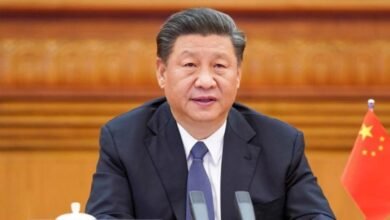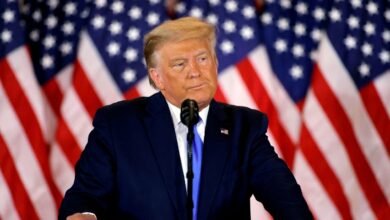Rare earths rivalry: India, Pakistan, and China’s high-stakes game

Rare earths rivalry: India, Pakistan, and China’s high-stakes game
Rare earth minerals are the invisible engines of the modern world. From electric vehicles and wind turbines to fighter jets, smartphones, and the advanced technologies that define global power, these resources have become the currency of influence in the 21st century. Yet, access to them is far from straightforward. Today, China controls more than 80 percent of global refining capacity, giving Beijing enormous leverage to reward allies or punish adversaries.
For India, the race is driven by necessity and strategy. The country is determined to secure control over rare earth minerals to reduce its dependence on China, ensuring technological and industrial independence. Pakistan, meanwhile, approaches the race differently, aiming to leverage its mineral wealth for foreign investment, strategic partnerships with the United States and China, and a pathway out of crippling debt. Two neighbours, two rival strategies, and one high-stakes resource that could reshape their economic and geopolitical futures.
India’s Bold Gambit in Myanmar
India has turned to an unconventional partner in its quest for rare earths: the Kachin Independence Army (KIA), one of Myanmar’s most powerful insurgent groups. According to Reuters, India’s Ministry of Mines has asked state-owned and private firms, including IREL and Midwest Advanced Materials, to explore collecting and transporting samples from KIA-controlled mines in northeastern Myanmar. These mines are rich in heavy rare earths, including dysprosium and terbium, essential for electric vehicles, wind turbines, and advanced weapons systems.
This partnership is as much geopolitical as it is commercial. The KIA seized the Chipwe-Pangwa mining belt after Myanmar’s 2021 coup and has been at odds with Beijing, which supports Myanmar’s junta. India’s engagement with the KIA signals both urgency and ingenuity, a willingness to sidestep traditional diplomacy to access resources critical to its technological ambitions.
Yet risks abound. Logistical bottlenecks, the challenge of transporting minerals from rebel-controlled territories, and India’s limited domestic processing capacity could undermine its gains. Without scaling up refineries and high-purity facilities, India may secure mines but fail to dominate the market.
Pakistan’s Partnership Approach
Pakistan has adopted a different strategy, relying on global capital and strategic alliances rather than insurgent groups. The Frontier Works Organization, Pakistan’s largest miner of critical minerals, recently signed a $500 million deal with U.S.-based Strategic Metals to develop a poly-metallic refinery in the country. For Islamabad, this is about more than minerals – it is about securing investment, strengthening ties with Washington, and easing a chronic financial crisis.
Most of Pakistan’s rare earth potential lies in Balochistan, a region plagued by separatist insurgency. Groups such as the Balochistan National Army have actively opposed extraction projects, and the U.S. State Department has designated some factions as foreign terrorist organisations. Despite the risks, global companies are moving in, including Canadian mining giant Barrick Gold, which holds a stake in the Reko Diq gold mine.
Pakistan’s path, while potentially lucrative, is also fraught with uncertainty. Political volatility, separatist attacks, and questions over whether foreign deals will benefit ordinary citizens rather than elites all cloud the picture. Moreover, Washington’s support is strategically motivated, seeking to counter China and balance India’s regional influence.
The Bigger Geopolitical Game
This rare earth rivalry is not limited to India and Pakistan. China and the United States loom large over the contest. Beijing will not easily relinquish dominance over minerals long sourced from the KIA, while the U.S. is using Pakistan as a foothold in the broader strategic competition with China. The race in South Asia is a complex web: India versus China, Pakistan versus insurgents, and Washington versus Beijing.
In Kachin, rebels are digging samples for India; in Balochistan, American investors are setting up refineries for Pakistan; in Beijing, policymakers watch closely; in Washington, strategists calculate. Rare earths, once hidden and overlooked, have emerged as the frontline of a new strategic rivalry.
As this race unfolds, the question is stark: who will lead? In the world of rare earths, there is no silver medal, only dominance, or dependence.
– Ends
Source link



